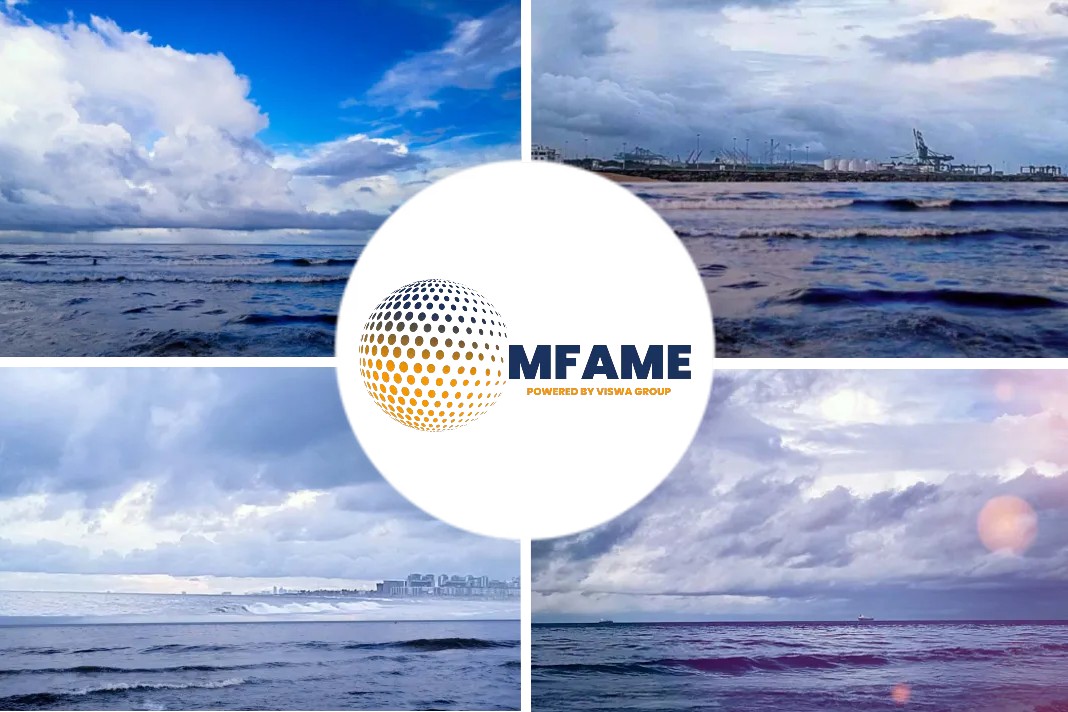- In a typical year, winter demand in the Northern Hemisphere pumps up rates for tankers carrying crude oil, refined products and liquefied natural gas.
- As this summer comes to a close, tanker rates are already up to levels typically seen when snow is falling.
A recent news article published in the Freight Waves states that LNG shipping rates top $100,000/day, oil tanker rates still rising.
Six-figure LNG shipping rates
LNG shipping is being heavily impacted by the Ukraine-Russia war, which dramatically increased demand for shorter-haul voyages from the U.S. Gulf to Europe. A large share of U.S. LNG continues to flow to Europe, but ship-position data shows more vessels on long-haul runs to Asia than earlier this year.
“The LNG shipping sector is booming,” said Clarksons Securities analyst Frode Mørkedal.
As of Tuesday, Clarksons put spot rates for benchmark tri-fuel diesel engine (TFDE) LNG carriers at $101,700 per day. More efficient two-stroke-engine LNG carriers — known as MEGI or XDF carriers — were assessed at $170,000 per day. Rates have not been this high since December.
Rates for both tri-fuel and two-stroke carriers have jumped over 60% in the past month, to levels usually reached in November.
“LNG carrier rates remain on a strengthening trend, with activity levels picking up as we approach the winter months,” said Omar Nokta, shipping analyst at Jefferies.
According to Mørkedal, “Charterers … have every motivation to pay top dollar for vessel hires. Based on last week’s cargo prices, traders who can buy U.S. natural gas and ship it to Europe stand to profit [by] $133 million for just one cargo, which is 74% of the value of a five-year-old TFDE carrier.”
He noted that one-year time-charter deals for TFDE carriers are now assessed at $170,000 per day, with one-year charters for two-stroke carriers at $220,000 per day.
Oil tanker rates heading to 6 figures?
Product tankers have been in the black since earlier this year. Rates have been buoyed by disrupted trade flows in the wake of the war, as well as by the rebound in refined-product consumption after COVID restrictions were lifted.
Smaller crude tankers have also benefited from war disruptions. Until recently, smaller classes of both crude and product tankers outperformed larger vessels. That topsy-turvy pattern has now normalized. Larger tankers are once again outperforming smaller ones, and rates are well above breakeven for all size categories, despite some demand weakness in China.
According to Clarksons, 2011-built, non-scrubber-equipped very large crude carriers (VLCCs, tankers that carry 2 million barrels) earned an average of $54,700 per day in the spot market on Tuesday. That’s up 123% month on month.
“Brokers report that rates are firming by leaps and bounds, as opposed to the slower and consistent pace witnessed in recent weeks,” said Mørkedal.
To put the scale of the VLCC rebound in perspective, Clarksons estimated that between January and July, 2011-built, non-scrubber VLCCs averaged a mere $2,700 per day. In full-year 2021, Clarksons put average VLCC rates at just $6,600 per day. The breakeven rate for this type of ship is around $30,000 per day.
That epic VLCC slump appears to be over. Mørkedal believes VLCC rates could top $100,000 per day this winter.
Clarksons assessed Tuesday’s spot rates for older, non-scrubber Suezmax crude tankers (capacity: 1 million barrels) at $41,100 per day. Aframaxes (capacity: 750,000 barrels) — the crude tankers benefiting the most from Russian trade — were at $47,000 per day.
Product tankers continue to outperform
The market remains even stronger on the product-tanker side. Buyers continue to scramble for supplies of diesel, gasoline and jet fuel. Clarksons assessed spot rates for older non-scrubber LR2 product tankers with capacity of 115,000 deadweight tons (DWT) at $64,400 per day on Tuesday.
So-called LR1 product tankers (75,000 DWT) were earning $56,500 per day and MR tankers (50,000 DWT) $54,200 per day.
How high can product-tanker rates go? Mørkedal believes that the upcoming EU ban on Russian products imports could push LR2 rates to a new all-time high of $250,000 per day.
Tanker stocks stay high as broader market sinks
The Dow Jones Industrial Average fell over 1,200 points Tuesday after core inflation came in higher than expected. Yet tanker stocks held their own and remained at or near peak levels.
As the rest of the stock market fell, fresh 52-week highs were hit Tuesday by crude-tanker owner DHT (NYSE: DHT) and mixed-fleet owners Teekay Tankers (NYSE: TNK) and International Seaways (NYSE: INSW).
New highs were hit Monday by product-tanker owner Scorpio Tankers (NYSE: STNG), LNG-carrier owner Cool Co. (Oslo: COOL) and Tsakos Energy Navigation (NYSE: TNP), which owns crude tankers, product tankers and LNG carriers.
Did you subscribe to our daily Newsletter?
It’s Free! Click here to Subscribe
Source: Freighwaves




















